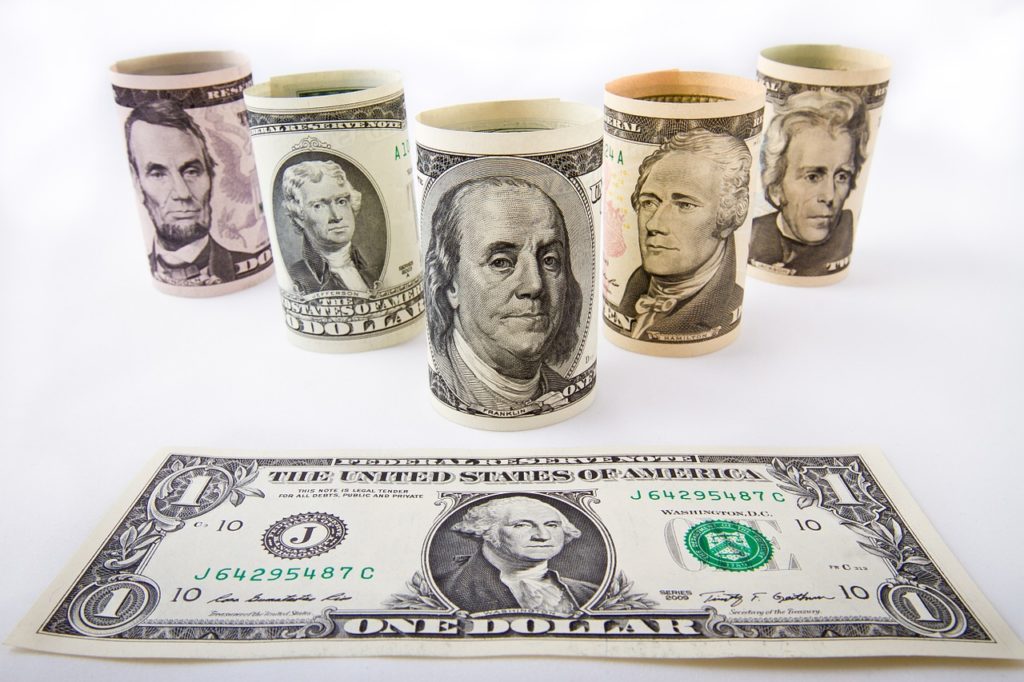After years of waffling around, we decided several months ago that we really wanted to get out of debt. Really. This is how we used a Debt Reduction account to get on our way to achieving our goals.
The Concept of Different Accounts
Our financial advisor made a really good suggestion. He said that rather than obsessing about the small details of our spending, to instead think of things in large buckets. Rather than trying to account for every penny we spent and categorizing them perfectly he said that we should think of things in major buckets.
He suggested that we have four accounts:
- Living
- Giving
- Savings
- Debt Reduction
Living Account
The Living account is where all the money flows into. That is the starting place. You cannot spend any money that doesn’t exist in that account. So, rather than worrying about every fast food visit, we instead were guided to think of the account balance as the starting place. If we felt we could spend money on something, spend it. If not, don’t. Keep in mind, the less you spend, the more you can use for debt reduction.
Giving Account
The Giving account is intended to be a conduit for money that we will give away. We setup an automatic transfer to move money from the Living account to the Giving account each month. Like clockwork, the money is swept out of the Living account and is therefore not looked at as money we can spend. We tithe and donate from this money and at any given time we can quickly tell how much is there and available to give. That also creates the ability to “set aside” and “give” at different times. I referred to this same concept in my post about corporate financial giving.
Savings Account
Initially, the primary purpose of the Savings account is to set aside a cash reserve. The main strategy of debt reduction is to reduce spending where possible, build a cash reserve, and then throw every dollar you can towards eliminating debt – knowing that the reserve is there in case “the world falls apart”. This eliminates the feeling of not being able to throw money at debt for not knowing how much cash you can really “afford” to let go of. The purpose of the account changes to building cash once debt is gone. (Different people have different strategies, but the savings account is pretty universal among them all)
Debt Reduction Account
The Debt Reduction account has the same concept as the Giving account. We setup a small monthly transfer from the Living account that we thought we could afford. That money went to the Debt Reduction account like clockwork and was out of reach for spending on daily things. From there, we decide which aspect of our debt to reduce next, and exhaust the balance of the account each time we decide to pay down that debt, usually monthly.
The process
As we paid off debts we would increase the monthly transfer into the Debt Reduction account by the amount of the payment we eliminated. Then the amount of money available monthly to pay down debt starts to grow – and let me tell you, this is like a drug. There is such a sense of satisfaction in seeing that monthly transfer amount grow, knowing that you are accelerating (snowballing) the debt reduction.
I also started thinking of other things I could do to get money into that debt reduction account. I sold stuff on eBay that I didn’t need, liquidated a bunch of stocks I had bought, and started directing cash back from credit cards into this account.
The Results so far
I also sold my BMW M5 and bought a used Infiniti Q50. That one move was a $40,000 reduction in debt. I sold my brand new F350 dually, which was a $70,000 reduction in debt. We also cancelled a life insurance policy that we didn’t need that had a cash value .
In the span of a few months we were able to pay off my wife’s car, pay off part of the land we live on (There is a 72 acre piece, and a 10 acre piece, which is the one we paid off), eliminate two of my vehicle payments by selling them, and pay off my Infiniti just a couple months after buying it.
What’s Next
The only debt we have remaining personally is the 72 acre piece of land we live on, and we are now working to pay it off. We believe we could have it completely paid off in 3-4 years, possibly sooner. It’s crazy to think how much things have changed in just the last 3-4 months. It was all because of getting serious about becoming debt free, and the simplicity of the separate bank accounts.
What about you? What do you think? You gonna go for it?
Here is a link to 10 Characteristics of Debt-Free living by Dave Ramsey. I think this is a good gut check for if you are ready yet. There was a time we weren’t, but now are. We have goals and are doing our best to stick to them.
Craig
